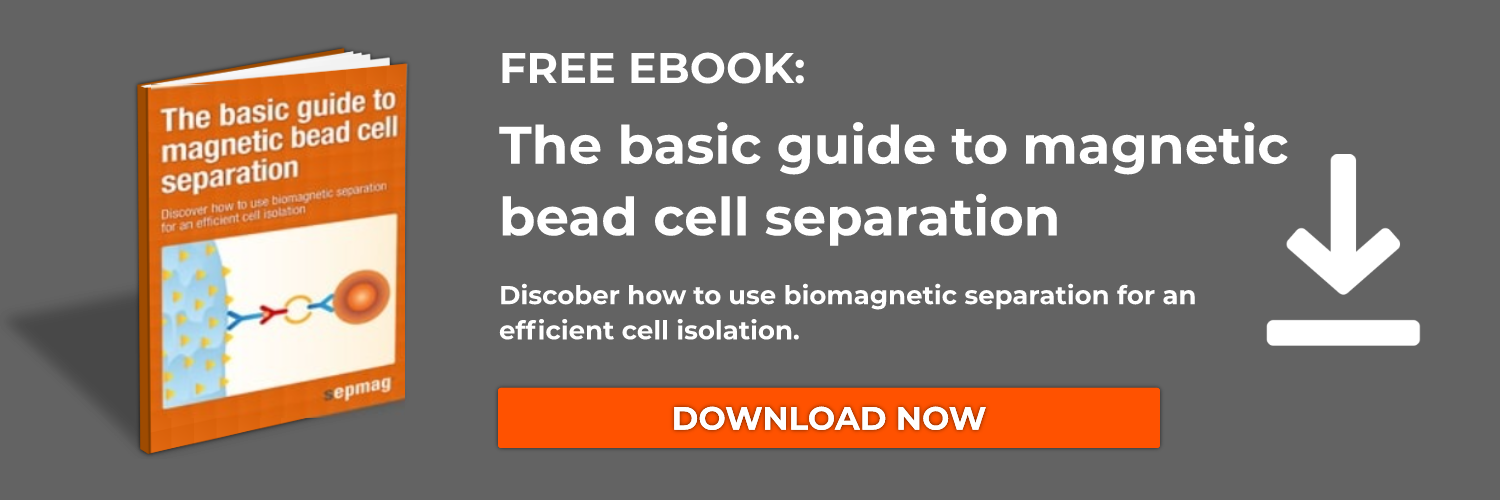The study of protein complexes is often difficult due to their physical properties. Proteins are many times hard to isolate with traditional chromatographic methods, especially large molecules in complexes.This is due to most complexes being maintained by non-covalent bonds, which are easily disrupted during isolation.
However, since protein complexes are the native form that is found inside the cells, conferring proteins their tridimensional shape and function, it is much more informative to study their purpose while retaining them in the complexed from. Although there are a few methods to isolate proteins, the immunoprecipitation technique using magnetic beads bound to antibodies, offers some advantages.
This method allows effective purification that is highly specific to the target protein due to the use of antibodies instead of physicochemical properties such as the charge and size as the traditional methods use. Since immunopurification relies on the affinity of the antibodies to the target protein, isolation of tagged proteins, which are fused to a known protein, can also be easily achieved.
The protocol developed by Cristea and colleagues has been used as a rapid and efficient method of purification of protein complexesfrom tissues and cells. This research group has purified and studied the functions of several protein complexes from mammalian cells and yeasts, including interactions between viral and host proteins using this protocol. The researchers start by the conjugation of magnetic beads with antibodies that can be directed to a tag protein such as GFP, which makes it easier to find the right antibody for this application.
Tips to maximize efficiency:
- It is essential to use a quick protocol to minimize unspecific interactions and prevent the dissociation of the complexes.
- You also have to take into account that, when working with cells and tissues, degradation of proteins by proteolysis occurs, thus it is essential to maintain cold temperatures.
- Finally, by keeping protein extracts concentrated, the nonspecific interactions and dissociation of complexes are minimized.
The development of methods such as this one showcases the potential applications that magnetic beads have in protein purification and functional studies.
Related news
- A novel use for magnetic separation: combining magnetic particles with photo-responsive molecularly imprinted polymers
- Magnetic-bead coatings and surface functionalization strategies
- A new microfluidic technique to create fluorescent and magnetic Janus particles





